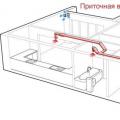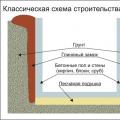Many people who are just starting to get involved in welding come across such names as a welding transformer and an inverter, and when they are used almost in the same meaning. This is not surprising, since these types of equipment are used for the same purposes and are quite interchangeable. But the principle of their use is still different and it is required to find out how the welding machine differs from the inverter. There are a fairly large number of differences, if you go into the nuances, but for the average user, it all may look the same.
Design
Despite the fact that outwardly all the equipment is very similar, since it consists of a case on which there are sensors and adjustment knobs, as well as connected wires and holders, internally welding transformers differ significantly from inverters. Transformers appeared earlier, therefore, they are simpler. They mainly include coils, the distance between which is adjustable by changing the amount of current. Its design is simpler and more reliable in operation. Due to the smaller number of parts, breakdowns here occur much less frequently. There is also a dependence on power surges in the network.
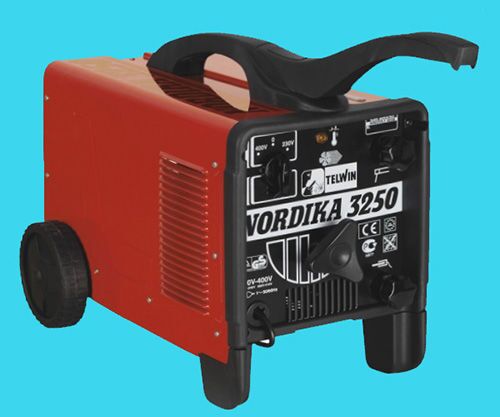
The inverter has a lot of electronics that controls the welding process. It can overheat faster, so you need to monitor the temperature of the device, and is also sensitive to shocks, shocks, and other damage. They are less reliable in terms of operation, but provide a wider range of parameters. There are often additional functions due to the design features of the model.
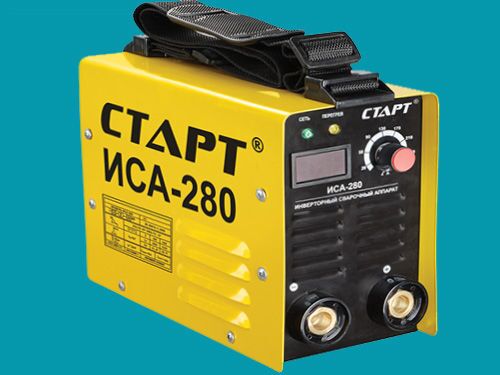
Welding process
The difference between the inverter and the welding machine in the welding process is as follows. The welding transformer provides an insufficiently stable electric arc. With small fluctuations in the network, the parameters of the welding current change. Inverters do not suffer from this, as they can maintain stability with various built-in circuits, which makes the work of welders easier. This also helps to avoid spattering of metal during welding.
The inverter is more technologically advanced and has fine, smooth adjustment of parameters with a scale. The welding transformer has approximate settings and does not have an exact scale. Modern inverters, even in their budgetary manifestations, have such functions as "Hot start", "Anti-sticking", as well as "Forcing of the welding arc". The inverter is less energy consuming and can be connected to an ordinary outlet, including autonomous power sources
Dimensions and weight
Another noticeable factor that distinguishes an inverter welding machine from a conventional one is its weight. The inverter occupies a smaller volume, with the same power as the transformer, and also weighs less. This became available due to the fact that the voltage frequency increased here. According to simple calculations, if you increase the operating frequency of the equipment by 1000 times, then the dimensions will decrease by about 10 times. Some models have a transformer, the size of which can be compared to a cigarette pack. Thanks to this, compact versions are used for welding at height. For constant carrying, the equipment is produced precisely of the inverter type. Most of the usable volume here is occupied by a radiator. Many modern models weigh less than 4 kilograms, while transformers remain too heavy for work at height.
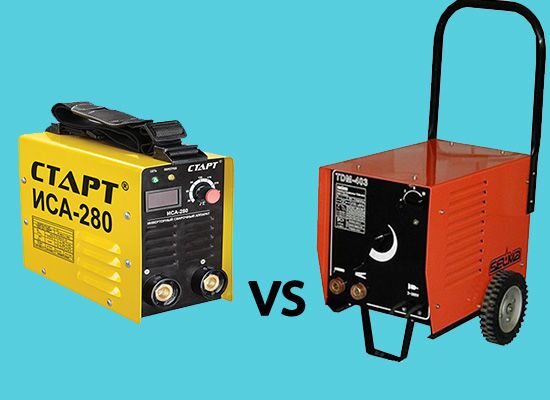
Financial side
A very important point that distinguishes welding machines from each other is the cost of the product. Transformers are generally lower cost than inverters. The difference is approximately two times, depending on the model and power. The same applies to the repair of equipment, since parts for them are much easier to find, and it will not be difficult to replace, not to mention the cost and interchangeability. But if we consider everything in practical terms of application in various plants, then the cost of equipment costs is only 2% of the total cost of the welding department, which includes workers' salaries, energy consumption, consumables and other data. Thus, value matters only in the private sphere. After all, taking into account the lower energy consumption of the inverter, it leaves the advantage of the transformer in price not so significant.
Conclusion
For those people who care about the quality of the seam and actively use welding in various situations, the inverter is the obvious choice. In cases where you need to weld a lot and at high powers, a transformer may be a more convenient choice, since it is not very afraid of overheating.

